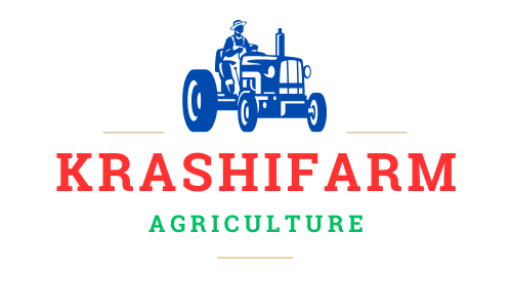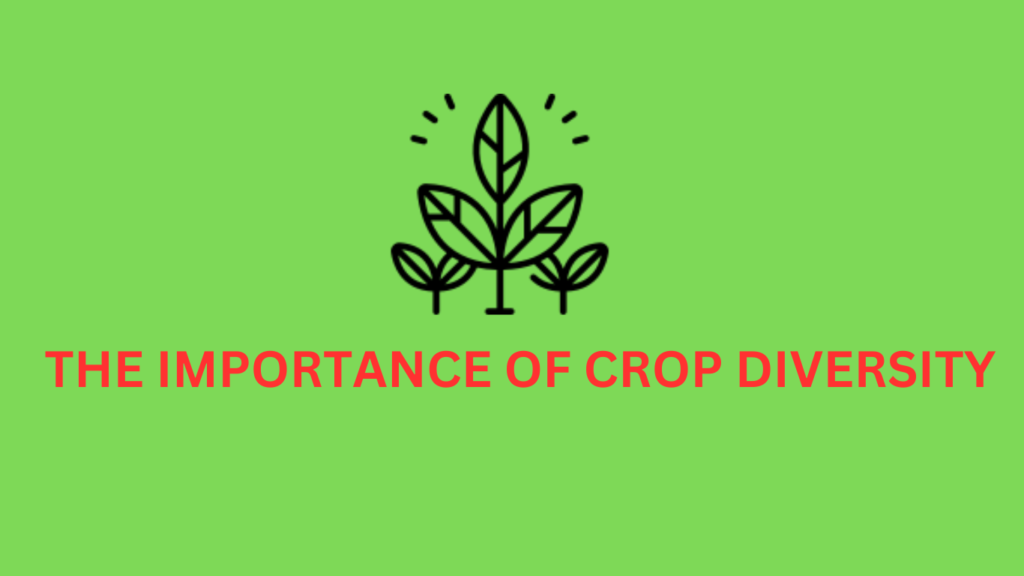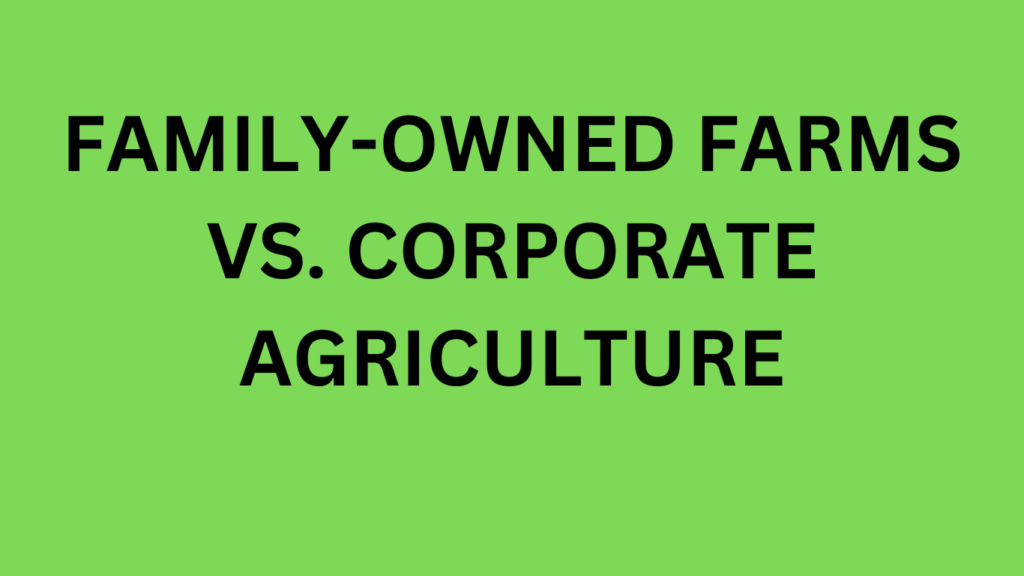Posted inAgriculture All content GENRAL AGRICULTURE
Agricultural innovations over the last century
1. Mechanization (1920s–1950s) Tractors replaced horses and manual labor. Combine harvesters increased efficiency in grain production. Irrigation systems expanded arable land. 2. Green Revolution (1940s–1970s) High-yield crop varieties (HYVs) like…






